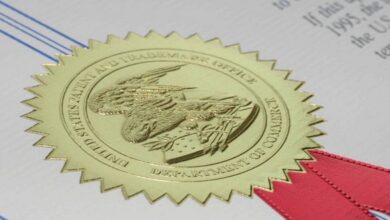Internet and E-business – Public Accounting Firms & Technology Trends for the Accounting Profession

Internet and E-business Overview
In the last decade, the Internet and World Wide Web (WWW) have changed the way people communicate, conduct business, and manage their daily lives. The early development of the Internet was supported by the Defense Advanced Research Project Agency (DARPA) of the Department of Defense. The Internet came online in 1969 for scientists and researchers to keep in touch with one another and to share each other’s computers. At that time, the major benefit of the Internet was the capability of quick and easy communication via e-mail. The introduction of the WWW occurred in the early 1990s. Part of the Internet, the WWW allows users to locate and view multimedia-based documents.
Technology Trends for the Accounting Profession
Every aspect of the accounting profession is being pervasively affected by advances in information technology (IT). IT has made CPA firms efficient in performing most accounting, audit, and tax functions more accurately, reducing the amount of paper they must maintain, and expanding the range of services they offer to clients. Time saved by using IT in making rote calculations (such as calculating depreciation expense), calculating projections, preparing tax returns and financial statements, and performing audits enable CPA firms to have more time to provide consulting services and personal attention to clients.
Business and Financial Reporting Applications
Applications of technology for business and financial reporting purposes rose to the top of the 2002 top-10 technology issues list after being in third place in 2001. The AICPA has long foreseen the need for improved financial reporting capabilities, and its concern led to the creation of XBRL (extended business reporting language) in 2000. XBRL is an XML-based specification for preparing, distributing, and analyzing financial information (Strand, McGuire, & Watson, 2001). XBRL has been named as the next-generation digital language of business that can ensure the integrity of electronic financial reports.
CPA Organization Information
CPA firms can also find a great deal of useful information at Web sites run by accounting organizations, such as AICPA or state societies of CPAs. In March 2000, the AICPA and state CPA societies partnered to launch “CPA2Biz,” a service to provide information and products to members (the state societies later left the arrangement). All AICPA products and services (such as registration at AICPA conferences) are only available at the CPA2Biz site. The site offers low-cost access to the AICPA’s Resource Online, which enables users to search for documents or view specific accounting reference materials. CPA2Biz also offers online courses (there is a charge for most courses), business application software (such as for payroll and billing), job search and resume posting services, and accounting news and product updates via e-mail (CPA Insider).
Last word
The rapid development of IT has significantly changed the business environment and business models and processes; hence, the accounting profession must respond to the new challenges and take the opportunities to broaden its service spectrum. Because assurance services are critical to all business reporting and the Internet has made continuous reporting possible, CPA firms now have many opportunities to perform continuous audits and assurance. Continuous reporting is real-time reporting, meaning that digitized information becomes available through electronic channels simultaneously with its creation (Elliott, 2002). Many issues are involved with such a practice.




